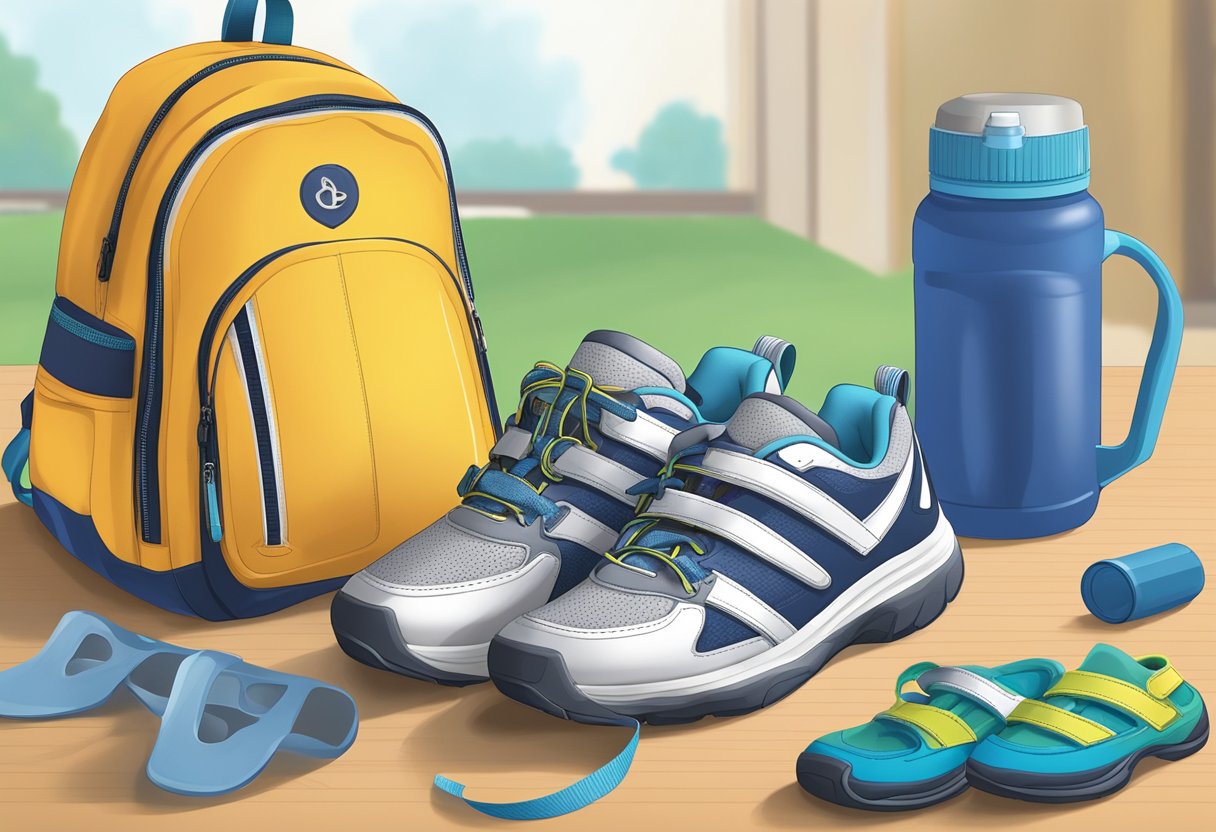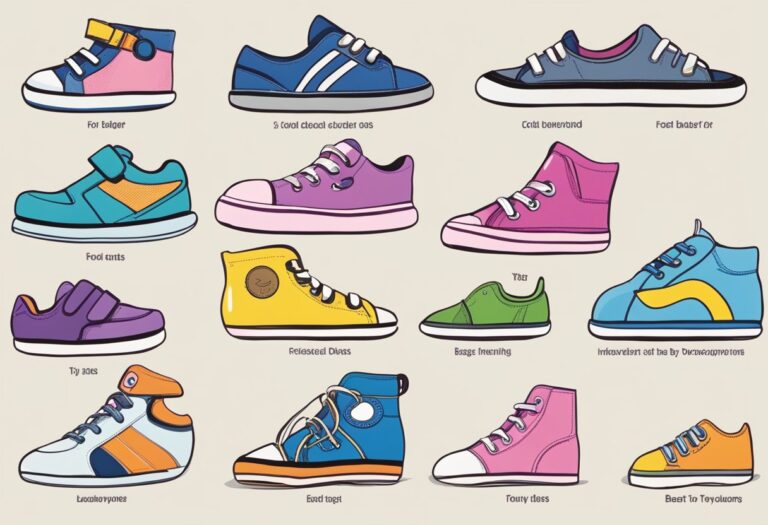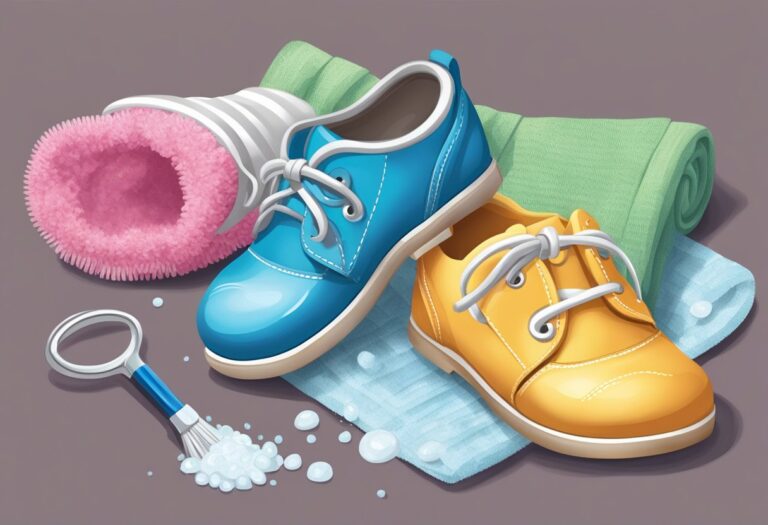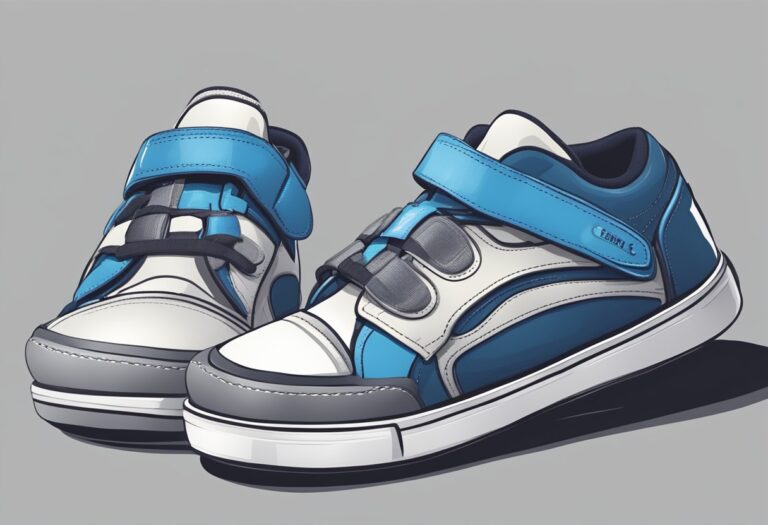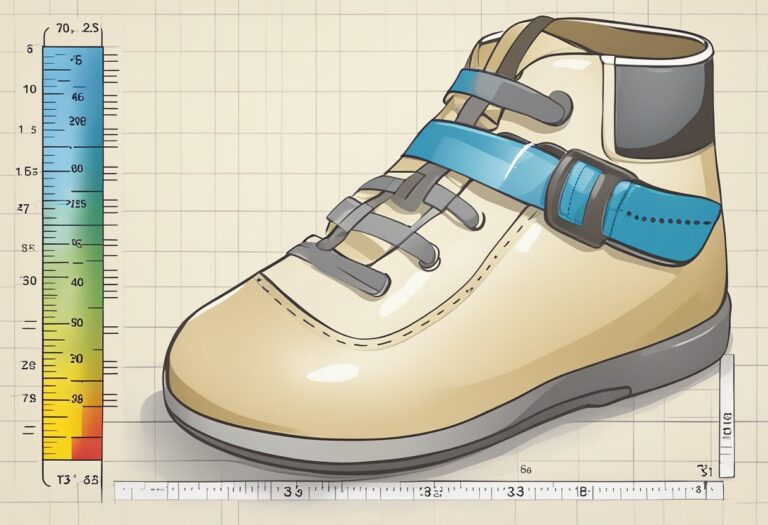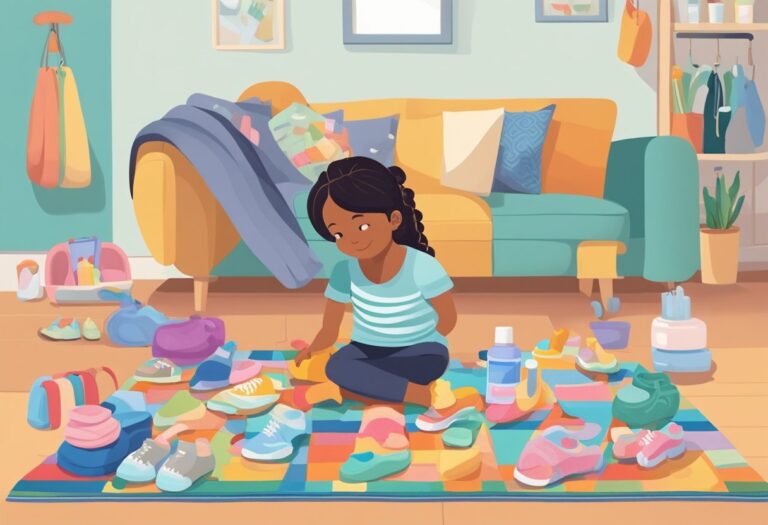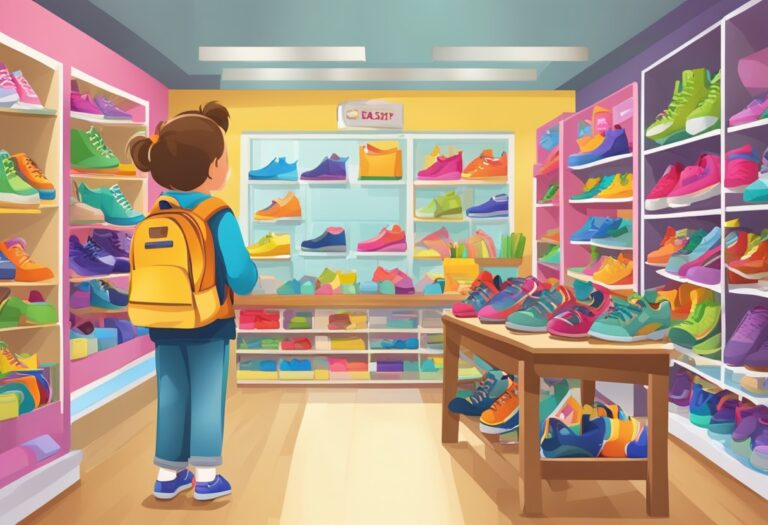What Are the Benefits of Orthotic Shoes for Kids? A Comprehensive Guide
What Are the Benefits of Orthotic Shoes for Kids? A Comprehensive Guide
Orthotic shoes are designed to provide support and stability to the feet and help alleviate pain and discomfort caused by certain foot conditions. While they are commonly used by adults, orthotic shoes are also beneficial for children, especially those with foot problems. In fact, the American Podiatric Medical Association recommends that children with certain foot conditions wear orthotic shoes to correct their foot posture and prevent further damage.

One of the main benefits of orthotic shoes for kids is that they can help correct foot posture and alignment. Children’s feet are still developing, and any issues with their foot posture can cause problems later in life. Orthotic shoes can help correct any issues with pronation (when the foot rolls inward) or supination (when the foot rolls outward), which can cause pain and discomfort in the feet, ankles, and knees. By correcting these issues early on, children can avoid more serious problems later in life.
Another benefit of orthotic shoes for kids is that they can help alleviate pain and discomfort caused by certain foot conditions. Flat feet, high arches, and other foot conditions can cause pain and discomfort in the feet, ankles, and knees, making it difficult for children to participate in physical activities and sports. Orthotic shoes can help provide the support and cushioning needed to alleviate this pain and allow children to be more active and enjoy their favorite activities.
Fundamental Benefits of Orthotic Shoes

Improves Foot Alignment
Orthotic shoes are designed to improve foot alignment in children. These shoes can help correct flat feet, overpronation, and other foot conditions that can cause pain and discomfort. By providing adequate arch support and cushioning, orthotic shoes can help redistribute pressure on the feet and improve overall foot alignment. This can help prevent foot injuries and improve overall foot health.
Enhances Comfort
Orthotic shoes are designed with comfort in mind. They are made with high-quality materials that provide cushioning and support to the feet. The shoes are also designed to fit properly and provide adequate space for the toes to move freely. This can help prevent blisters, calluses, and other foot conditions that can cause discomfort and pain.
Supports Proper Growth
Orthotic shoes are particularly beneficial for children who are still growing. These shoes are designed to provide the support and cushioning that growing feet need. They can help prevent foot injuries and promote proper growth and development of the feet. By providing the right amount of support and cushioning, orthotic shoes can help children maintain proper foot health as they grow and develop.
In summary, orthotic shoes offer a range of benefits for children, including improved foot alignment, enhanced comfort, and support for proper growth. These shoes are designed to provide the support and cushioning that growing feet need, and can help prevent foot injuries and promote proper foot health.
Specific Advantages for Children

Prevention of Foot Disorders
Orthotic shoes can be beneficial for children as they help prevent foot disorders. Children’s feet are still developing, and wearing shoes that do not provide adequate support can lead to improper foot alignment. This can result in conditions such as flat feet, plantar fasciitis, and heel pain. Orthotic shoes are designed to provide the necessary support and cushioning to prevent these issues from occurring.
Orthotic shoes can also help correct existing foot problems. For example, children with overpronation or supination can benefit from orthotic shoes that provide the necessary arch support and cushioning to help correct their gait.
Aid in Balance and Coordination
Orthotic shoes can also aid in a child’s balance and coordination. Children who have difficulty with balance and coordination may benefit from shoes that provide additional support and stability. Orthotic shoes can help improve a child’s balance and coordination by providing a stable base for their feet and reducing the risk of falls.
Additionally, orthotic shoes can help children with conditions such as cerebral palsy or Down syndrome, who may have difficulty with balance and coordination. By providing additional support and stability, orthotic shoes can help these children improve their mobility and independence.
In summary, orthotic shoes can provide specific advantages for children by preventing foot disorders and aiding in balance and coordination. By providing the necessary support and cushioning, orthotic shoes can help children’s feet develop properly and improve their overall mobility and quality of life.
Orthotic Shoes and Physical Activity

Boosts Athletic Performance
Orthotic shoes for kids can help improve their athletic performance by providing better support and stability. These shoes are designed to correct any foot and ankle problems, which can help to improve the overall alignment of the body. When the body is aligned properly, it can move more efficiently, which can translate into better performance on the field or court. Orthotic shoes can also help to reduce the risk of injury by providing better shock absorption and reducing the impact of each step.
Reduces Injury Risks
Orthotic shoes can also help to reduce the risk of injury during physical activity. Children who participate in sports or other physical activities are at a higher risk of developing foot and ankle problems, such as plantar fasciitis or shin splints. Orthotic shoes can help to prevent these injuries by providing better support and cushioning to the feet and ankles. This can help to reduce the stress and strain on the muscles and joints, which can help to prevent injuries from occurring.
In summary, orthotic shoes can provide many benefits for kids who are physically active. They can help to improve athletic performance, reduce the risk of injury, and provide better support and stability to the feet and ankles. Parents should consider investing in a pair of orthotic shoes for their children to help them stay healthy and active.
Considerations When Choosing Orthotics

Custom vs. Over-the-Counter Options
When choosing orthotic shoes for kids, there are two main options to consider: custom or over-the-counter (OTC) orthotics. Custom orthotics are specifically designed to fit the unique shape and needs of each child’s foot. They are typically more expensive but may provide better support and comfort. OTC orthotics, on the other hand, are pre-made and available in a range of sizes and styles. They are generally more affordable but may not offer the same level of customization.
Parents should consider their child’s specific foot condition and needs when deciding between custom and OTC orthotics. A podiatrist or other healthcare provider can help determine which option is best for their child.
Material and Durability
Another important consideration when choosing orthotic shoes for kids is the material and durability of the shoes. Orthotics are often made from materials such as foam, gel, or plastic, and the durability of these materials can vary.
Parents should look for shoes with durable materials that can withstand the wear and tear of daily use. They should also consider the level of activity their child engages in and choose shoes that are appropriate for their child’s lifestyle.
In addition, parents should ensure that the shoes fit properly and provide adequate support to prevent further foot problems. It’s important to choose shoes that allow for natural foot movement while still providing the necessary support.
Parental Guidance and Professional Consultation

Importance of Expert Fitting
When it comes to orthotic shoes for kids, proper fitting is crucial. Ill-fitting shoes can cause discomfort, pain, and even lead to foot problems later in life. That’s why it’s important for parents to seek out expert fitting from a qualified professional.
A professional fitter can measure a child’s foot and determine the appropriate size and shape of the shoe. They can also assess any foot conditions or abnormalities and recommend the best type of orthotic shoe to address them. This personalized approach ensures that the child receives the correct support and comfort they need to maintain healthy foot development.
Monitoring Child’s Foot Development
Orthotic shoes are not a one-size-fits-all solution. As a child grows and develops, their foot size and shape can change, requiring adjustments to their orthotic shoes. It’s important for parents to monitor their child’s foot development and seek out professional consultation as needed.
Regular visits to a podiatrist or orthopedic specialist can help parents stay on top of their child’s foot health and ensure that their orthotic shoes are still providing the proper support and comfort. By staying proactive and seeking out expert guidance, parents can help their children maintain healthy foot development and prevent potential foot problems in the future.

